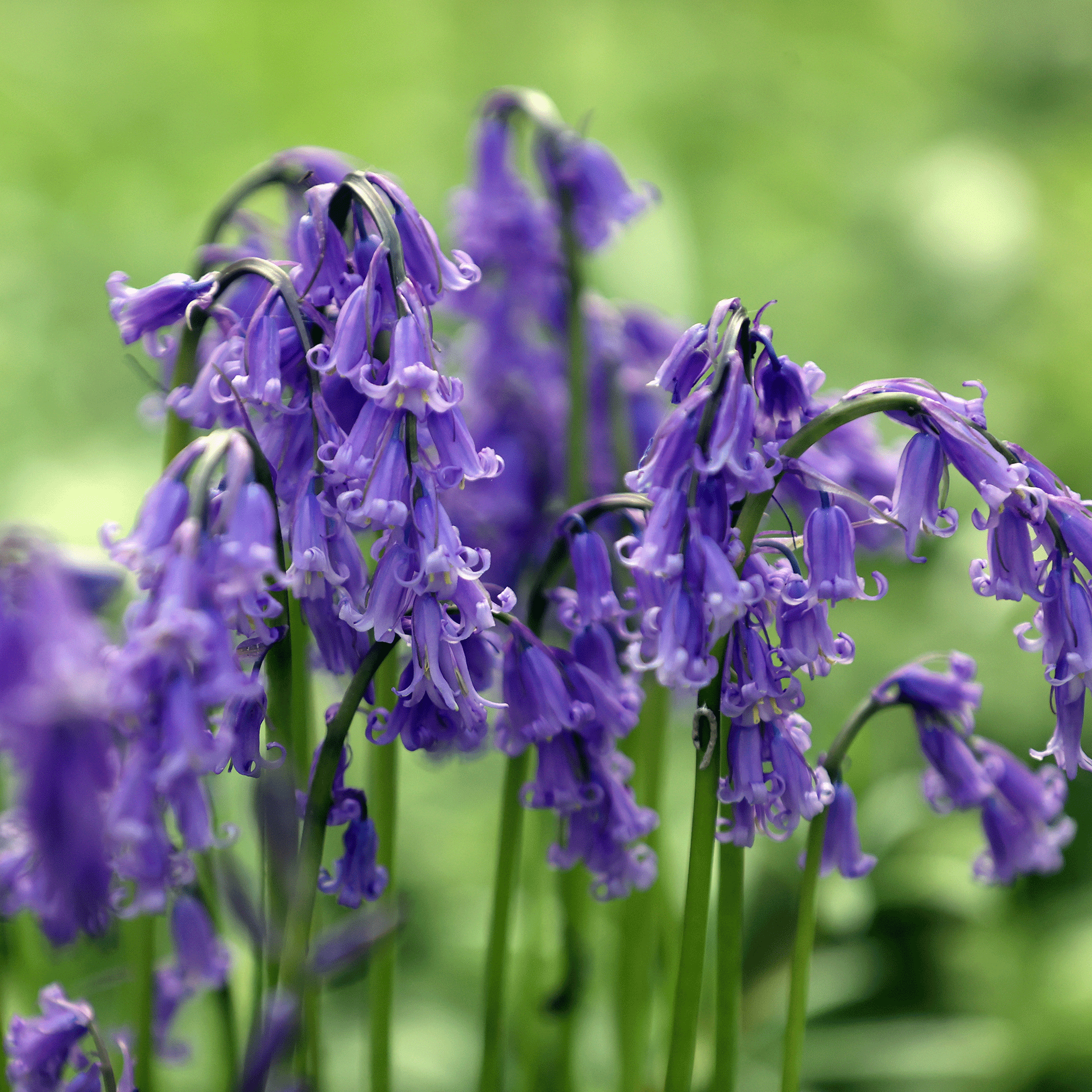
As one of the UK’s most loved wildflowers, it’s no wonder that so many people venture into the woods to find these beautiful bell-shaped flowers every spring. But do you know how to plant bluebell bulbs at home?
Yes, these flowers can be grown away from magical woodlands. You can even plant these bluebell bulbs in your own garden, but there are a few rules when it comes to planting bluebells. Not only are there two different types of bulbs, but these flowers also have very specific growing requirements.
That’s why we asked our experts to help break down everything you need to know about how to plant bulbs, and fill your garden with one of our favourite woodland garden ideas.
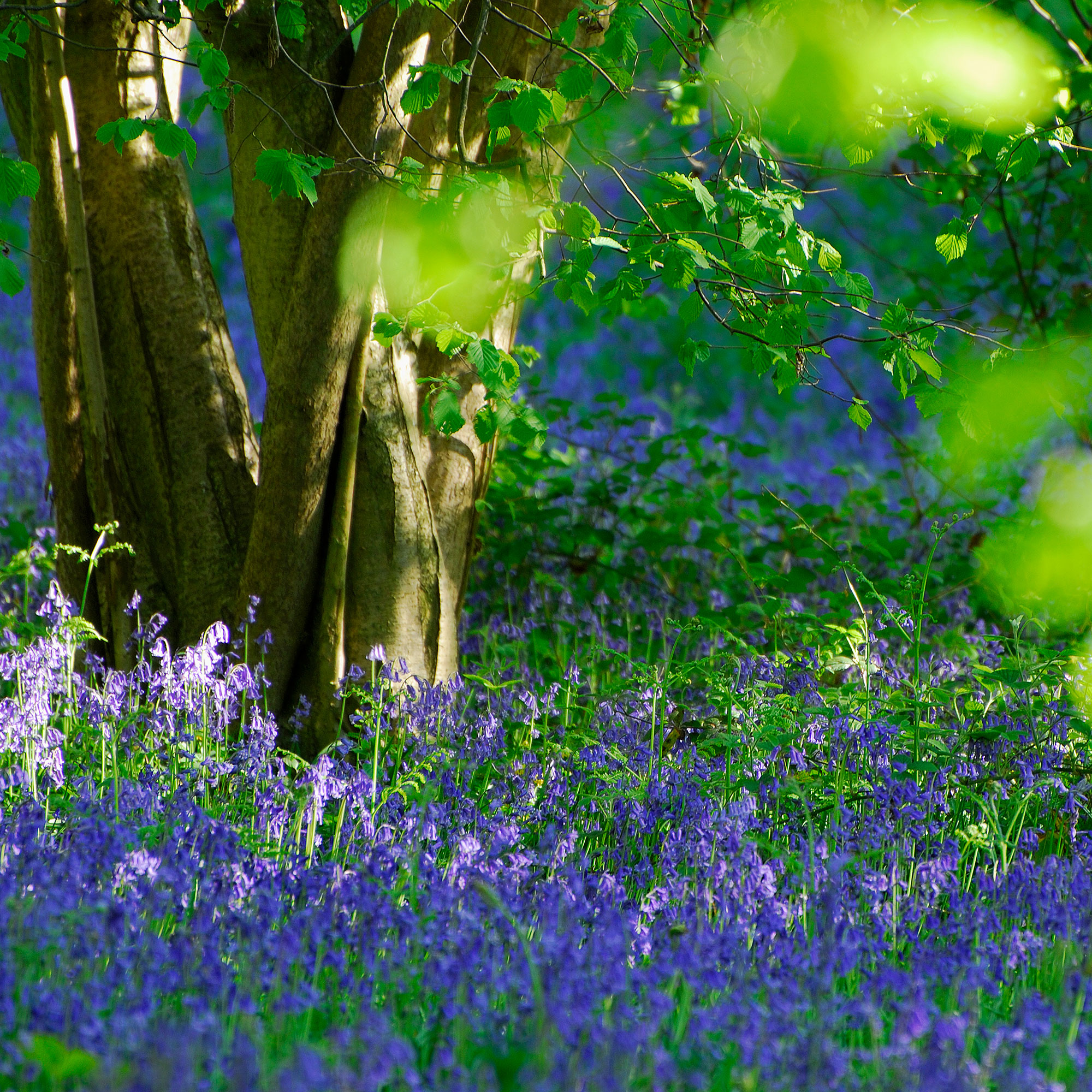
How to plant bluebell bulbs
Bluebells are a common sight in spring, but you’d be forgiven for thinking that these plants simply appear out of nowhere. They’re usually found underneath the woodland canopy, away from civilisation and human intervention, but you can plant bluebell bulbs in your own garden. This is how to do it.
What you’ll need
- Bluebell bulbs - like these 25 English Bluebell Bulbs from Amazon
- Gardening gloves - like these Spear & Jackson Gardening Gloves from John Lewis
- Trowel - like this Sinoer Bend-Proof Garden Spade from Amazon
- Bulb planter - like this Bulb Planter from B&Q
Step-by-step
1. Choose the right time
If you’re looking to grow bluebells, you might be interested to know that there are two types of bluebell bulbs: dry bulbs and flowering bulbs (often called ‘in the green’). Both types have their own planting requirements, so choosing the right time to plant bluebell bulbs depends on what type you choose.
Dry bulbs are normally available from garden centres all year round, but they’re best planted towards the end of the year. Steve Chilton, garden expert at LeisureBench, says, ‘They should typically be planted in autumn when the soil is still slightly warm and hasn't frozen over yet. This is so they can establish their roots before the potential of a harsh winter. Around September to November is perfect.’
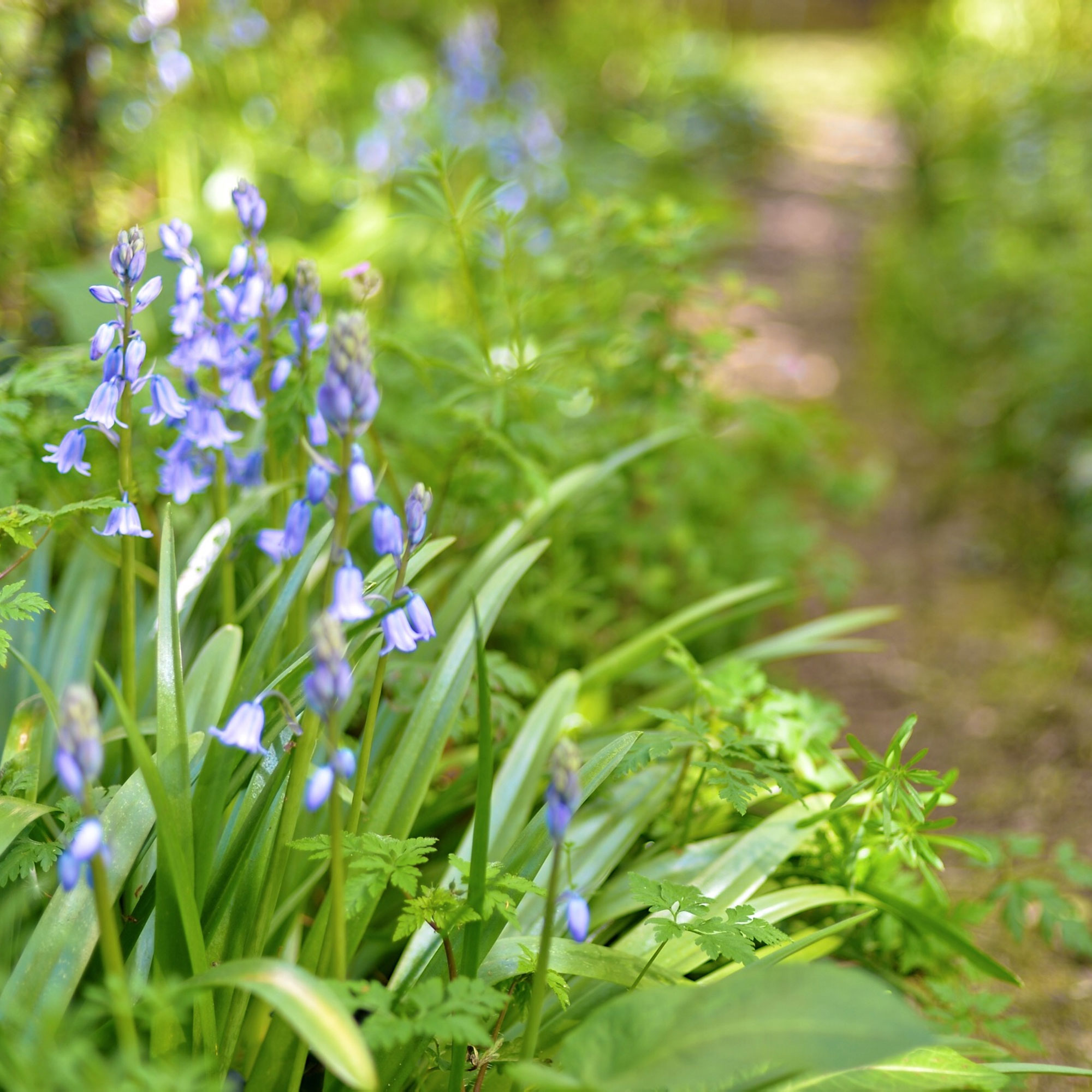
On the other hand, you can buy bluebell bulbs in the green in the spring, and they need to be planted as soon as you get them home (anytime between March and June).
Most experts would agree that bluebell bulbs in the green are almost always more successful and easier to establish, so it might work in your favour to wait until spring.
2. Choose the right spot
When planting bluebell bulbs in your garden, you need to think about where you normally see these flowers bloom. As they thrive in woodland areas, that gives you an indication of the type of location these plants prefer - and it’s good news for those who have a north-facing garden.
Gardening expert, Harry Bodell, at PriceYourJob.co.uk explains, ‘Plant your bluebells in partial shade to mimic their natural habitat. They thrive under deciduous trees in the wild and the soil should be moist but well-draining. Adding some leaf mould, garden compost or manure to the soil will be beneficial to the bluebells.’

3. Prepare the soil
When you’ve chosen the right time and the right spot to plant bluebell bulbs, you can then pop on your gardening gloves and grab your tools.
To prepare the soil for the bulbs, it’s always a good idea to remove any surrounding weeds and loosen up the soil using your trowel. You also need to think about how deep you want to plant your bulbs.
If you’re planting dry bluebell bulbs, you should plant your bulbs around 10cm deep and 10cm apart from each other. If you’re planting in the green bluebell bulbs, you want to plant them at the same depth as they were grown originally.
You can easily spot where this was by looking at the leaf stalks. The sweet planting spot will be where the white leaf stalks start to go green.
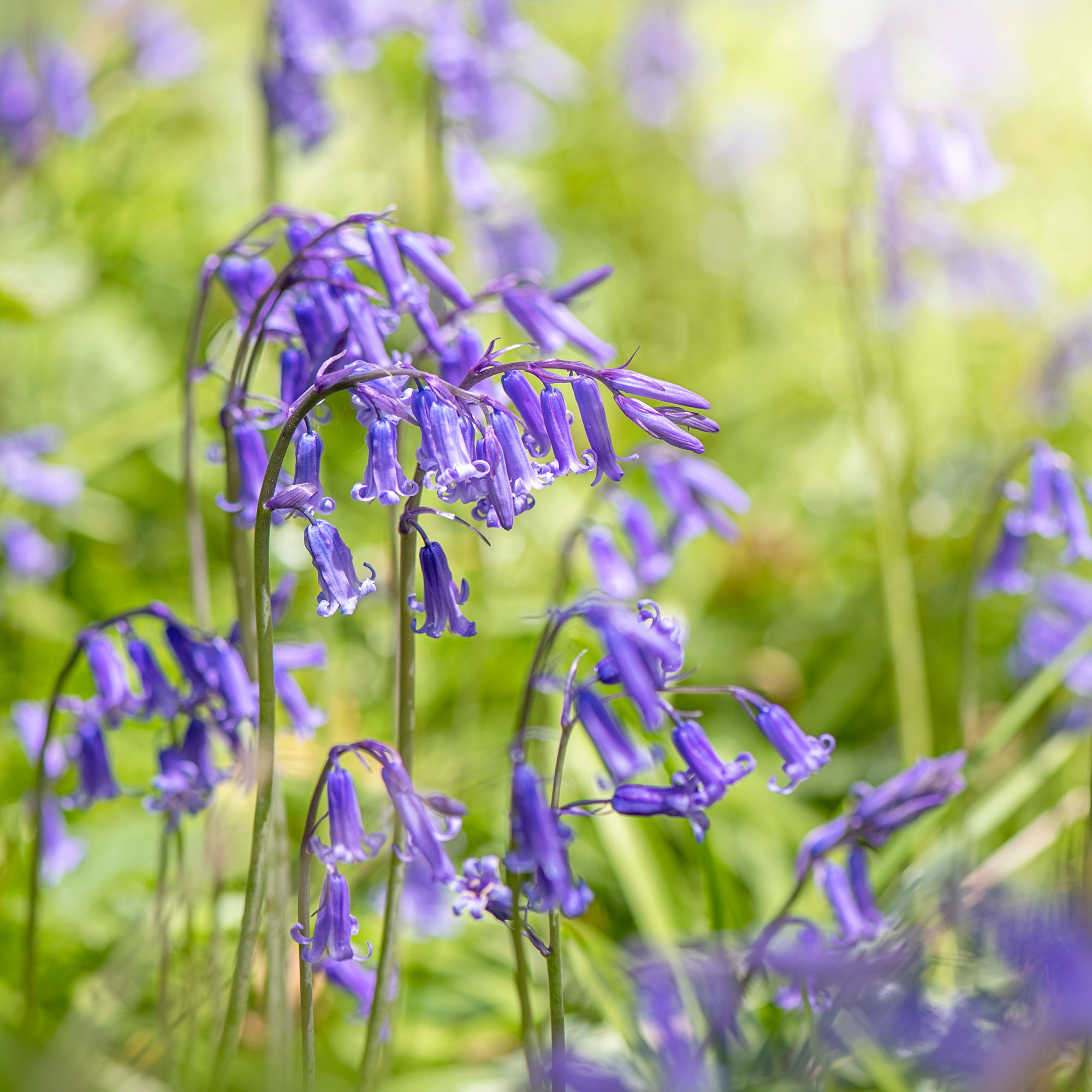
4. Plant your bulbs
Using your bulb planter, plant each bluebell bulb, making sure the pointed end faces upwards. You can then backfill any holes with soil and tamp it down to ensure any gaps have all been filled.
‘After planting, make sure to water the area well in order to settle the soil around the bulbs and provide initial moisture,’ explains Steve. ‘Ensure the soil remains consistently moist but never waterlogged during its early stages.’
So, only water when you can feel that the top two to four inches of soil is dry.
5. Be patient
Although you’re probably planting bluebells with the intention of having a blooming spring garden next year, you might not get what you were hoping for immediately. You need to be patient when planting bluebells, as they take a little longer than other spring bulbs to thrive.
‘The first year of growth may not be great but be patient and allow the bluebells to establish themselves,’ says Harry. ‘Don’t cut the bluebells’ leaves after flowering as they use the foliage for photosynthesis and to create energy for the next year’s growth.’
In the end, though, your patience will pay off.
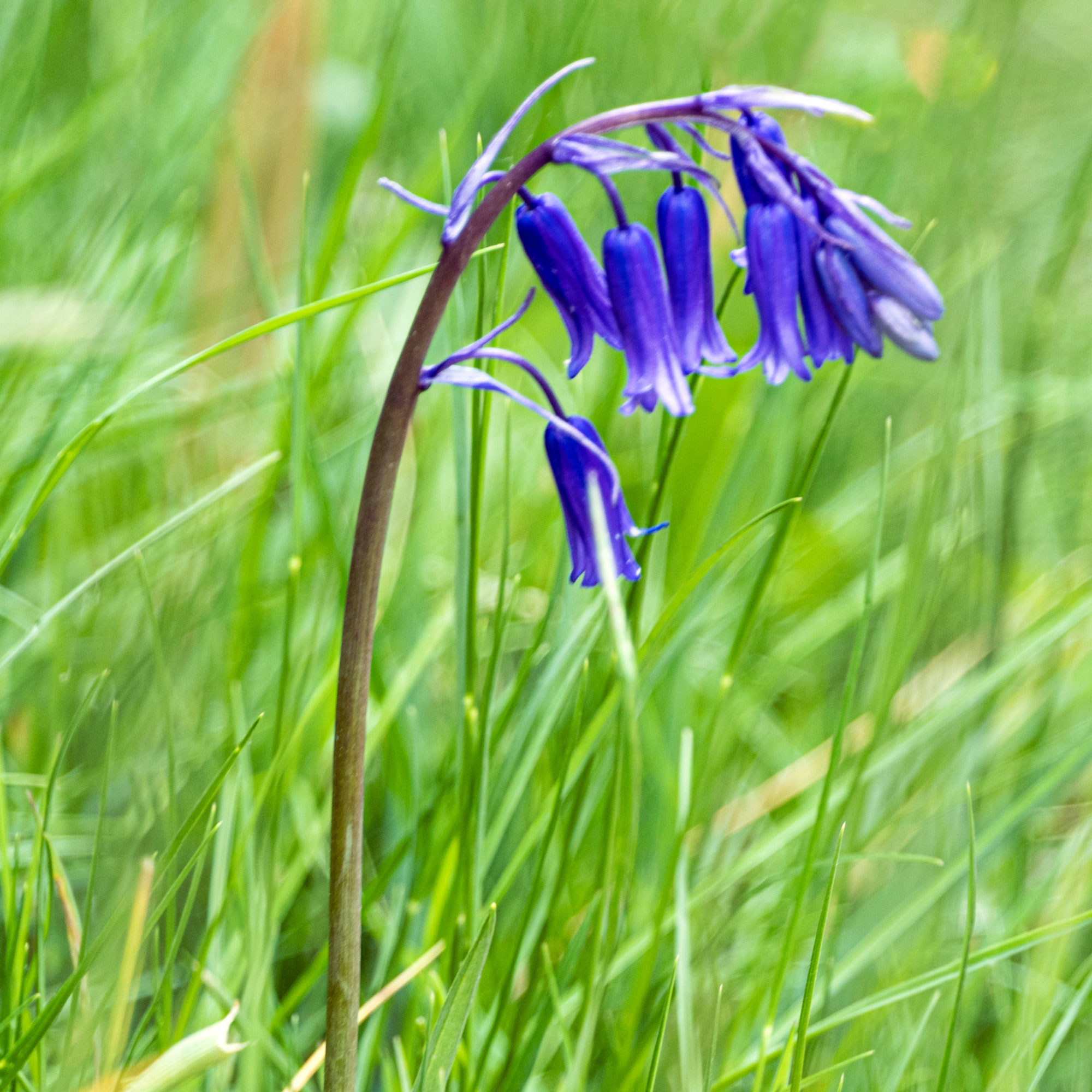
FAQs
What month do you plant bluebell bulbs?
If you buy dry bluebell bulbs, it’s best to plant these during the autumn months. However, you’ll have more success buying flowering bulbs ‘in the green’ in spring, as these bulbs will already be fairly established by the time you buy them.
Bluebell bulbs in the green can be planted anytime between March and June, but it’s important to remember to plant them as soon as you get them home from the garden centre. The longer they’re left out of the ground, the harder it’ll be for them to bloom.
How deep do you bury bluebell bulbs?
It’s best to plant dry bluebell bulbs 10cm deep, but this rule doesn’t apply if you’re planting bluebell bulbs in the green.
Because these bulbs have already been planted and already become fairly established, you must ensure that you planted them at the exact same depth as they were before. You can determine how deep they were planted by looking at their leaf stalks and seeing where the stalks go from white to green.
Ideally, you should plant these bulbs at the exact point where the white stalk becomes green.
Do bluebells come back every year?
Yes! Bluebells are perennials, which means that they bloom again and again, year after year. This is great news for those who want to fill their garden with colour during the spring months.
Bluebells multiply, as well. They spread via seed after flowering, which means you’ll find that more of them pop up each year.
Now you know how to plant bluebell bulbs, you can ensure your spring garden is full of colour.







